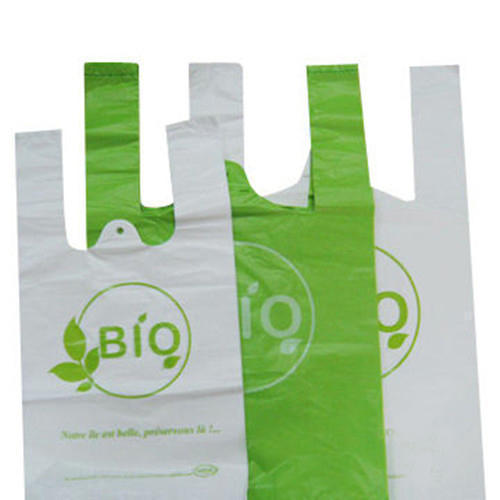Consumers want companies to reflect their values. They’re far more likely to purchase from a business with an identity, whether it manifests in charitable efforts or eco-friendly practices. As a greater number of people show interest in green living, biodegradable packaging presents an opportunity for growth.
That said, the virtues of biodegradable packaging extend beyond an improved public image. While business owners enjoy the superficial advantages of this transition, they often find it’s only a fraction of what the shift entails. Through switching to biodegradable plastics, they see considerable changes elsewhere.
In this article, we’ll detail five of those changes, exploring the subject to lend business owners a better understanding of biodegradable packaging within their operation. As we touch on the benefits, it’ll become clear that eco-friendly materials aren’t only better for the environment, but better for a company’s bottom line.
Free of Toxins & Allergens
Biodegradable packaging options are still somewhat limited, but most of the available materials are non-toxic and allergy-free. This is an essential consideration to consumers who care about the products they’re purchasing and the composition of their packaging. If either is potentially harmful, it hurts a business.
An informed consumer will almost invariably choose products packaged with bioplastic over traditional alternatives, aware of the implications of their purchase. Considering the negative health effects of phthalates — a common chemical in plastic packaging — business owners should be aware of the implications as well.
Require Fewer Resources
Biodegradable packaging has the potential to reduce water usage, solid waste, electricity and emissions. This is beneficial for the environment, of course, but it also lowers expenses associated with the packaging process. Over time, the accumulated savings prove well worth the cost of the transition.
If a company were to replace their standard packaging materials with bioplastic, they would enjoy weight savings on par with regular plastic. Research shows plastic packaging enables weight savings of over 78 percent compared to alternative materials, a notable statistic for business owners looking to convert.
Lower Production Costs
Most biodegradable materials follow the three basic R’s of sustainability.
- A business can reduce them, using fewer resources to create thinner and tougher materials which do the same job.
- A business can reuse them, taking advantage of materials with special coating which improves their durability.
- A business can recycle them, diverting refuse from landfills as they minimize the costs of new materials.
A business owner who invests in biodegradable packaging can cut costs by a significant margin, using fewer resources, reusing their inventory and purchasing inexpensive recycled materials. In doing so, they’ll see reduced packaging expenses over time, and more freely allocate their money elsewhere.
Reusing packaging is proving to be not only environmentally friendly, but an excellent marketing advantage. From Pinterest to Instagram, users are finding a way to re-purpose packaging. Business owners who are vocal in encouraging their customers to prioritize environmentally friendly choices can earn more goodwill and local business as a result. ToolTally is a good example of a blog that focuses on helping DIYers reuse products, and is growing an organic following as a result.
Reduced Footprint
A business owner has financial goals they have to meet, but they have environmental goals as well. Every professional in an upper-management position has a responsibility to ensure their company meets high standards of environmental compliance, and biodegradable packaging can help — outside a legal context.





Dear Afridi Rahman, I would like to ancknowledge my gratitude towards the biodegradale packaging, however I feel that a better solution towards an eco-friendly environment would be to use our hot water-soluble for packaging beacuse the film is made from zero plastic. Upon disolution does not leave any microplastic because no petro-based p[olymer is used in the manufacturing of the film.
Take care,
Regards,
Dear Mr. Patel,
We are currently working on hot water-soluble packaging, hopefully we will be able to deploy it in the market by the end of next year.